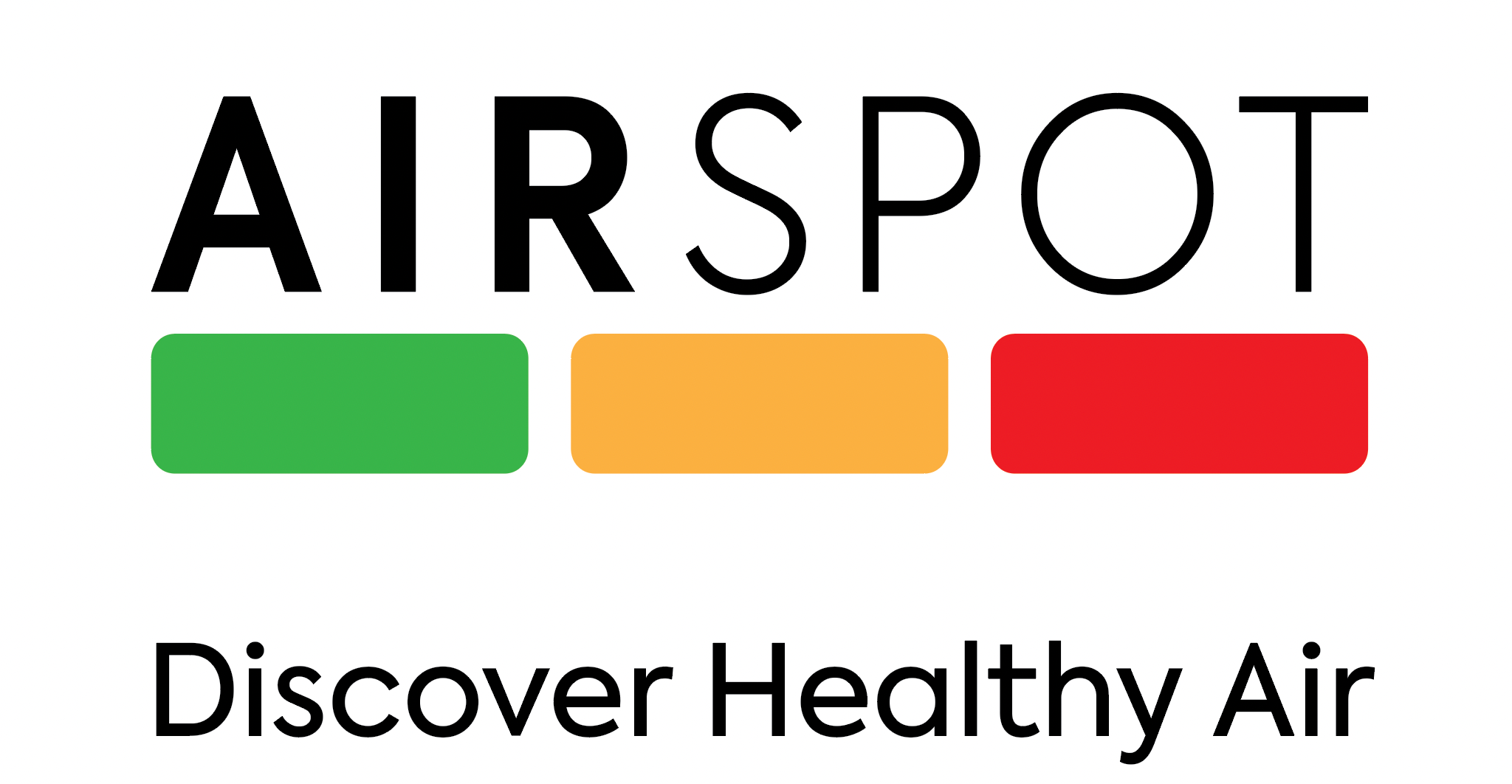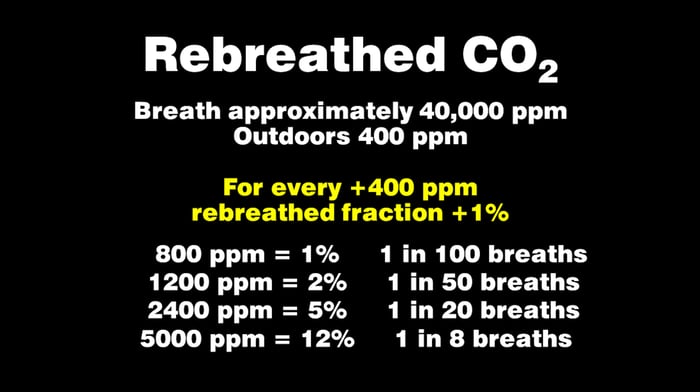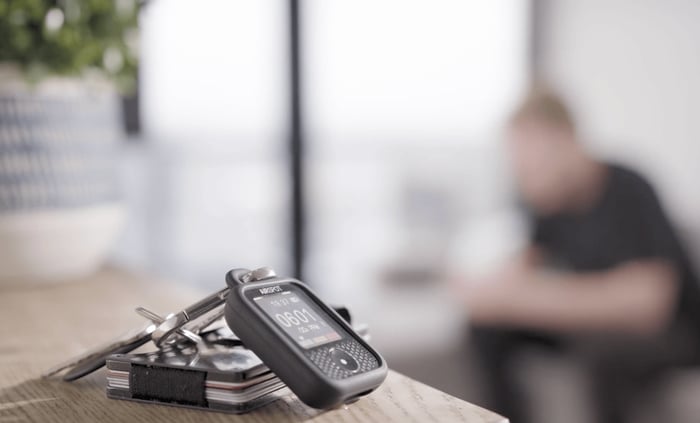How much of other people's breath are you breathing in?
It's a disturbing thought yet in poorly ventilated spaces it can be a lot. When the carbon dioxide levels hit 2400ppm 1 in every 20 breaths is pure breath backwash. When the levels hit 5000ppm it's as bad as 1 in 8.
So what? We've been doing it for years.
Well this isn't exactly true. For the last 20 years or so building design has focussed on trapping air in to minimise heating or cooling requirements - make them more economical - yet the trade off has been more and more rebreathing.
Not so bad I hear you say - what's the issue with breathing others air?
Well yes we're in the early years of the deadliest airborne pandemic of our lifetimes. Breathing stale air significantly increases ones risk of infection.
So what again - I've had bugs before and we need to build up our immunity anyway.
Unfortunately with COVID19 we know exactly the opposite is happening - each infection, amongst many other harms, is impairing our immunity, not improving it making us more likely to be infected with whatever variant is around amongst many other things.
So what - we all have to go sometime, I like going to the gym even though the air's a bit stuffy and it's a risk I'm willing to take.
Well good for you. But is it? You see each time you get infected on average you will pass it on to at least one other person. They may not want to suffer your transmission.
Living in communities involves caring for others. Society thrives when we do so. Civilisations collapse when we don't.
There are some very simple steps which can be applied in caring for yourself and others in society. They involve doing all you can to breathe fresh air.
The best way to objectively know how fresh the air is is through assessing it with a carbon dioxide monitor.





